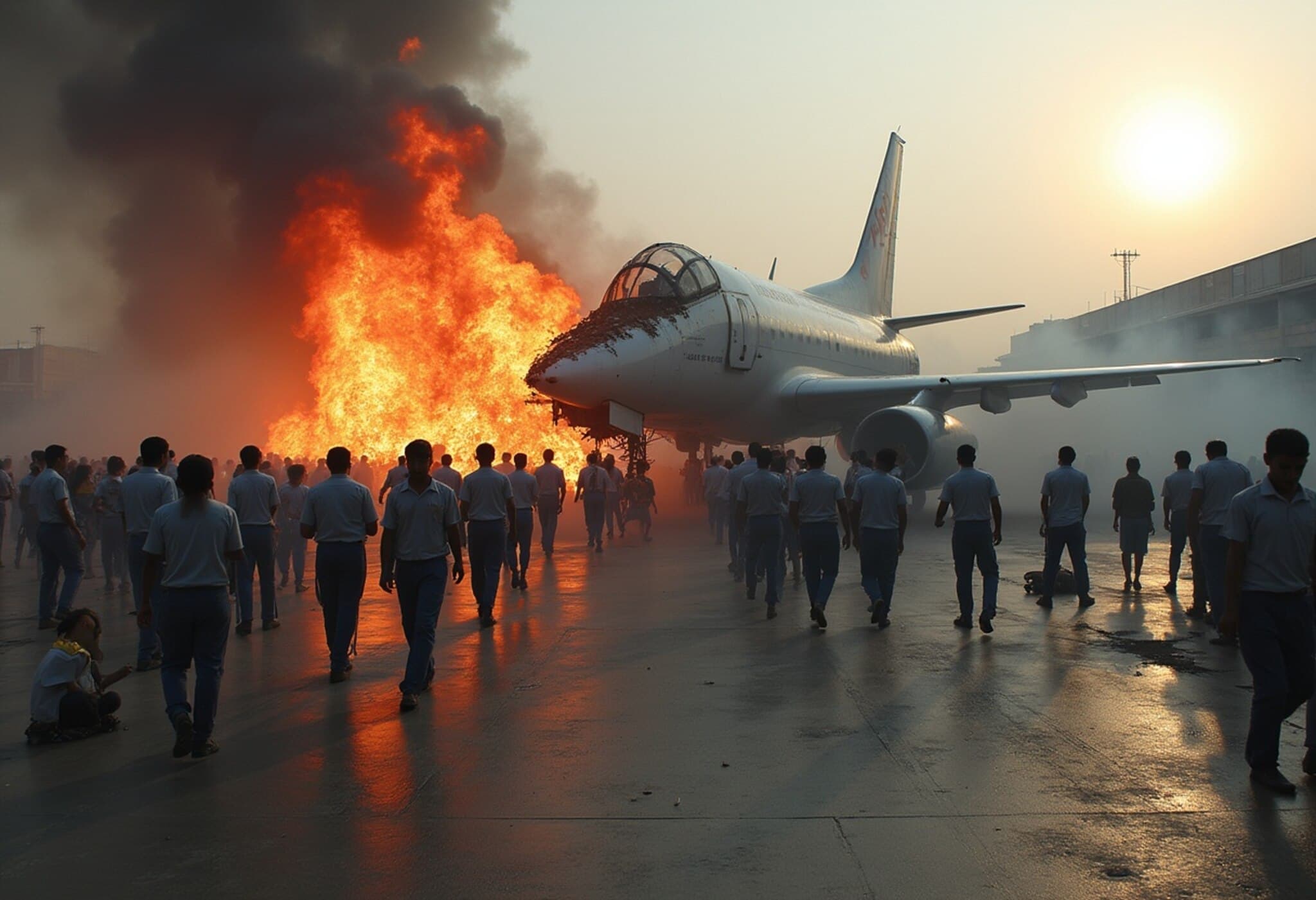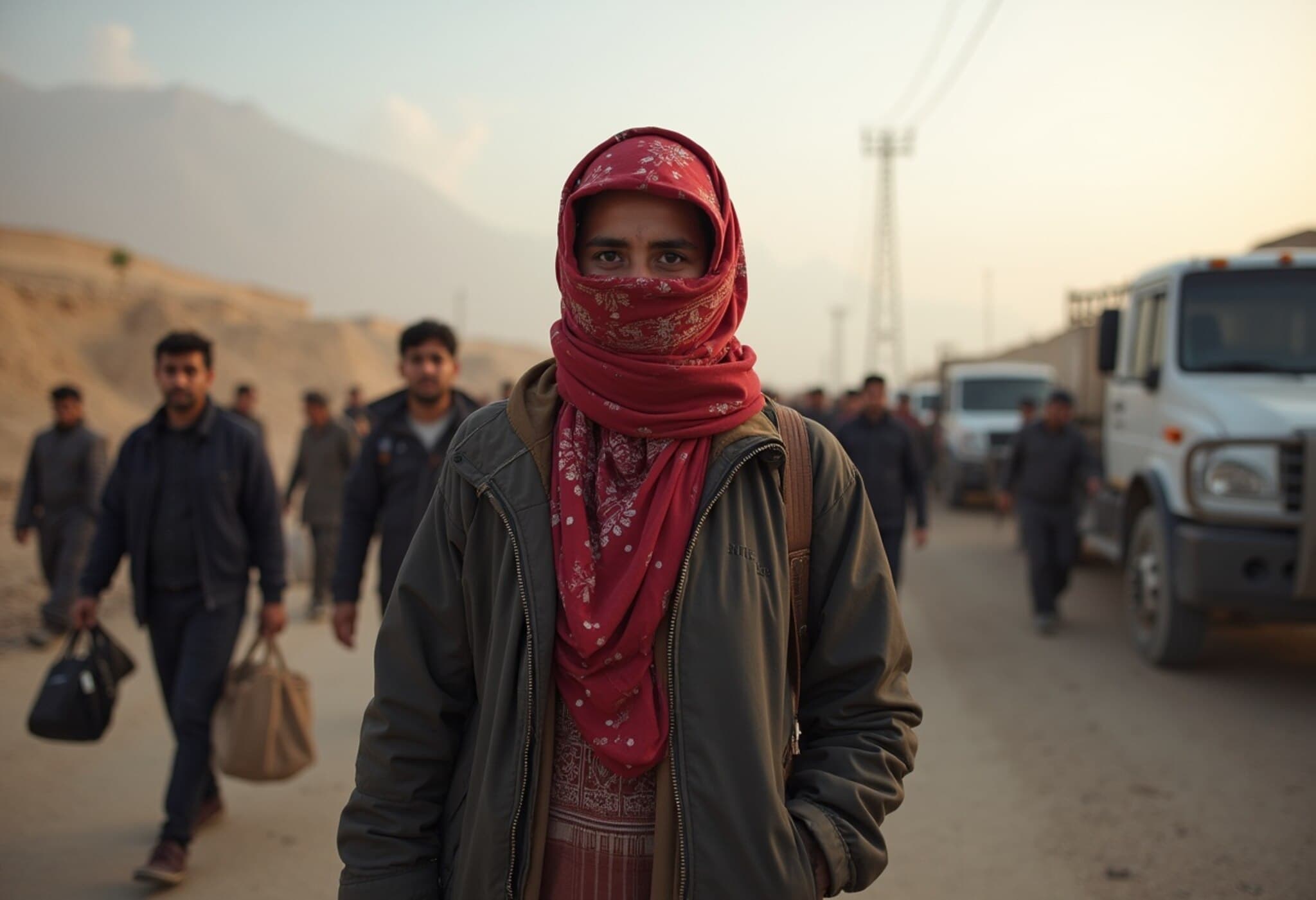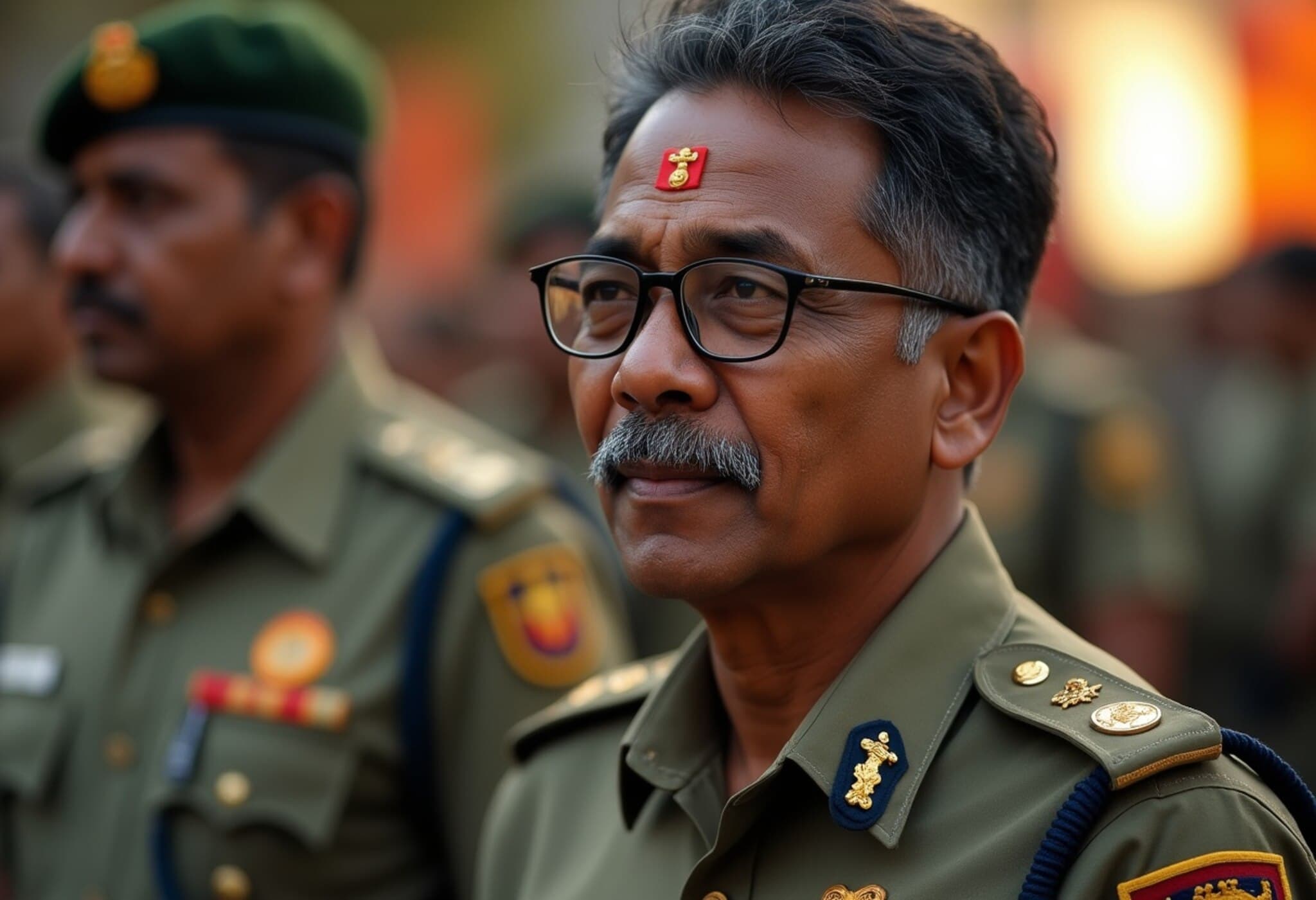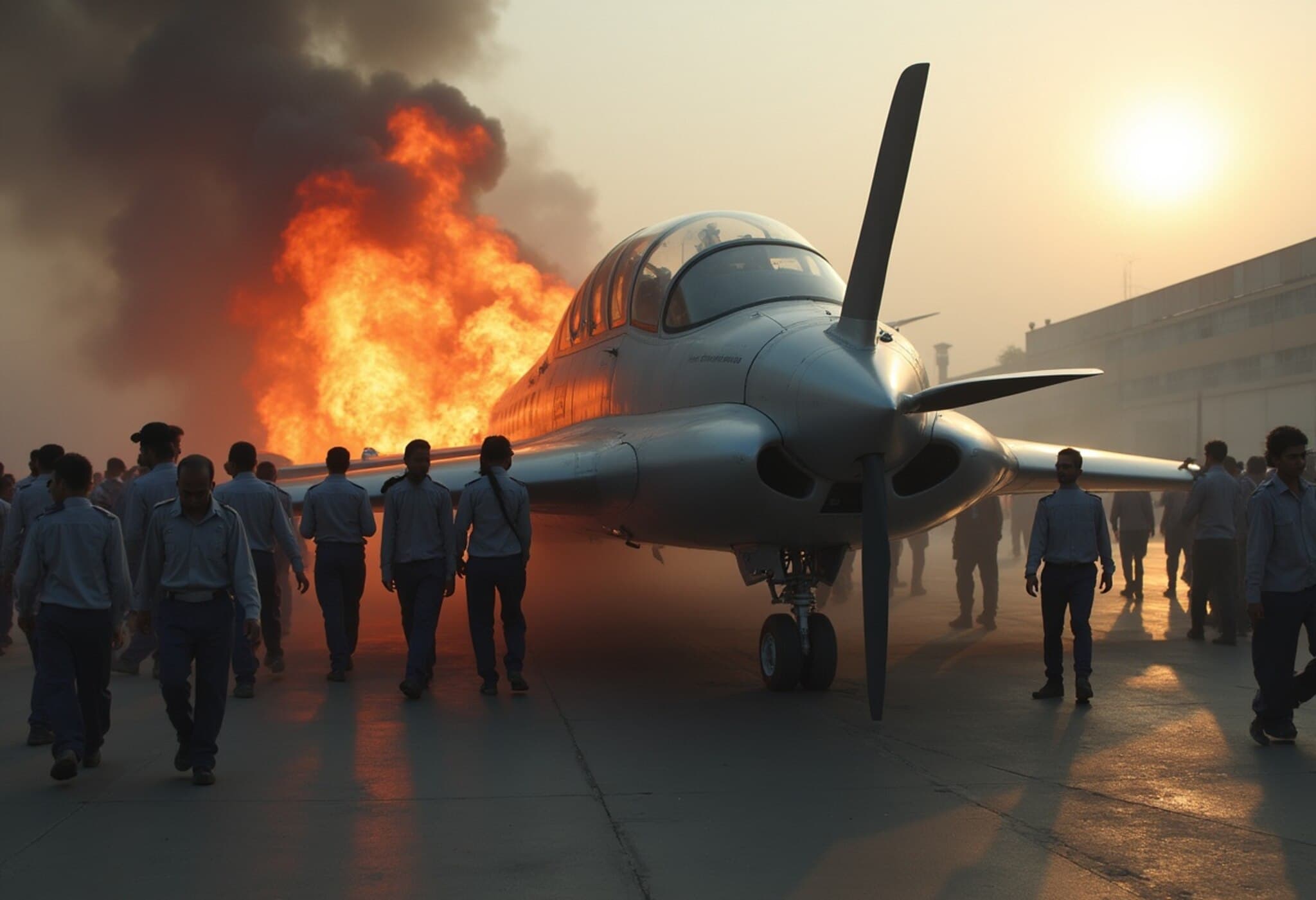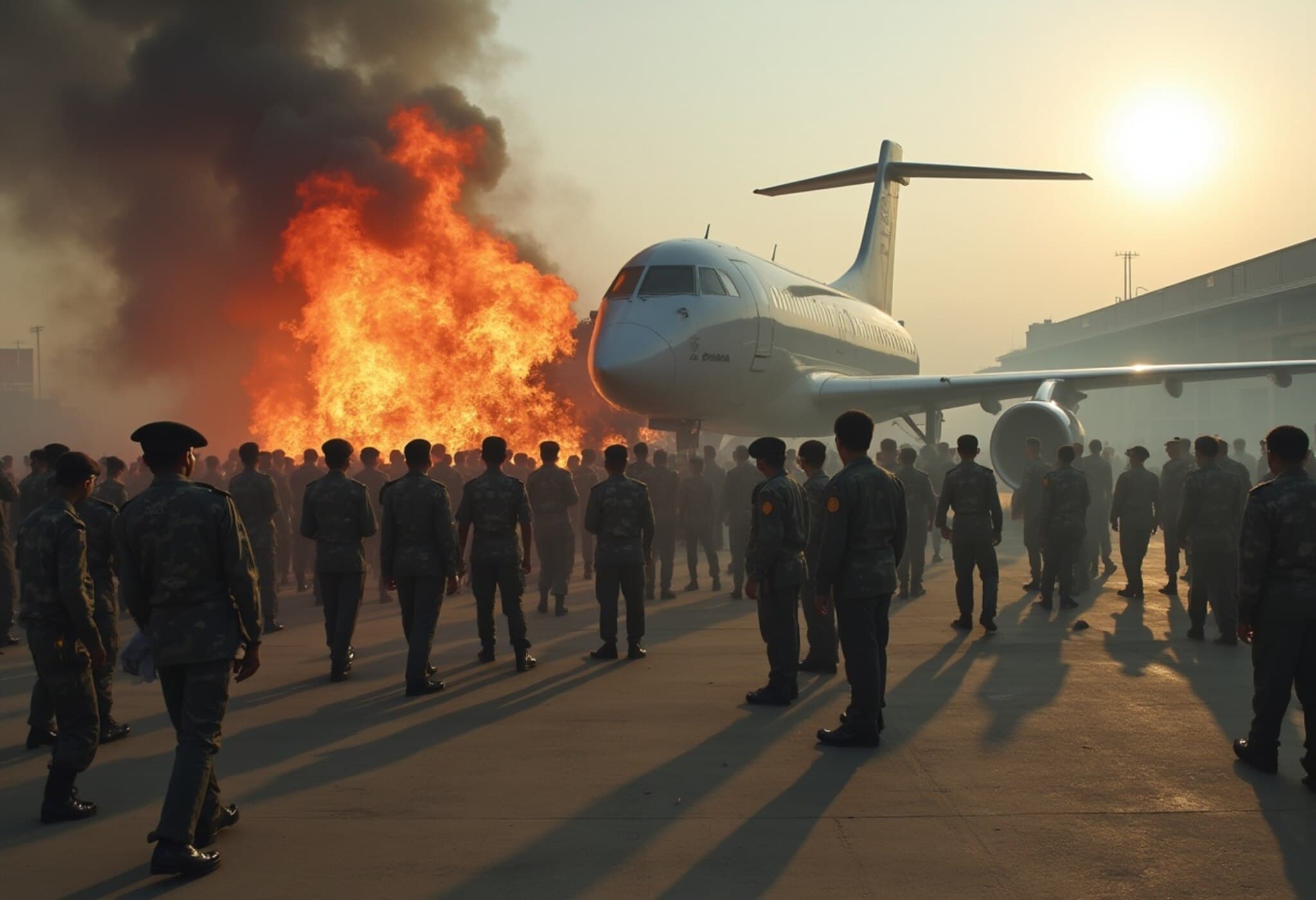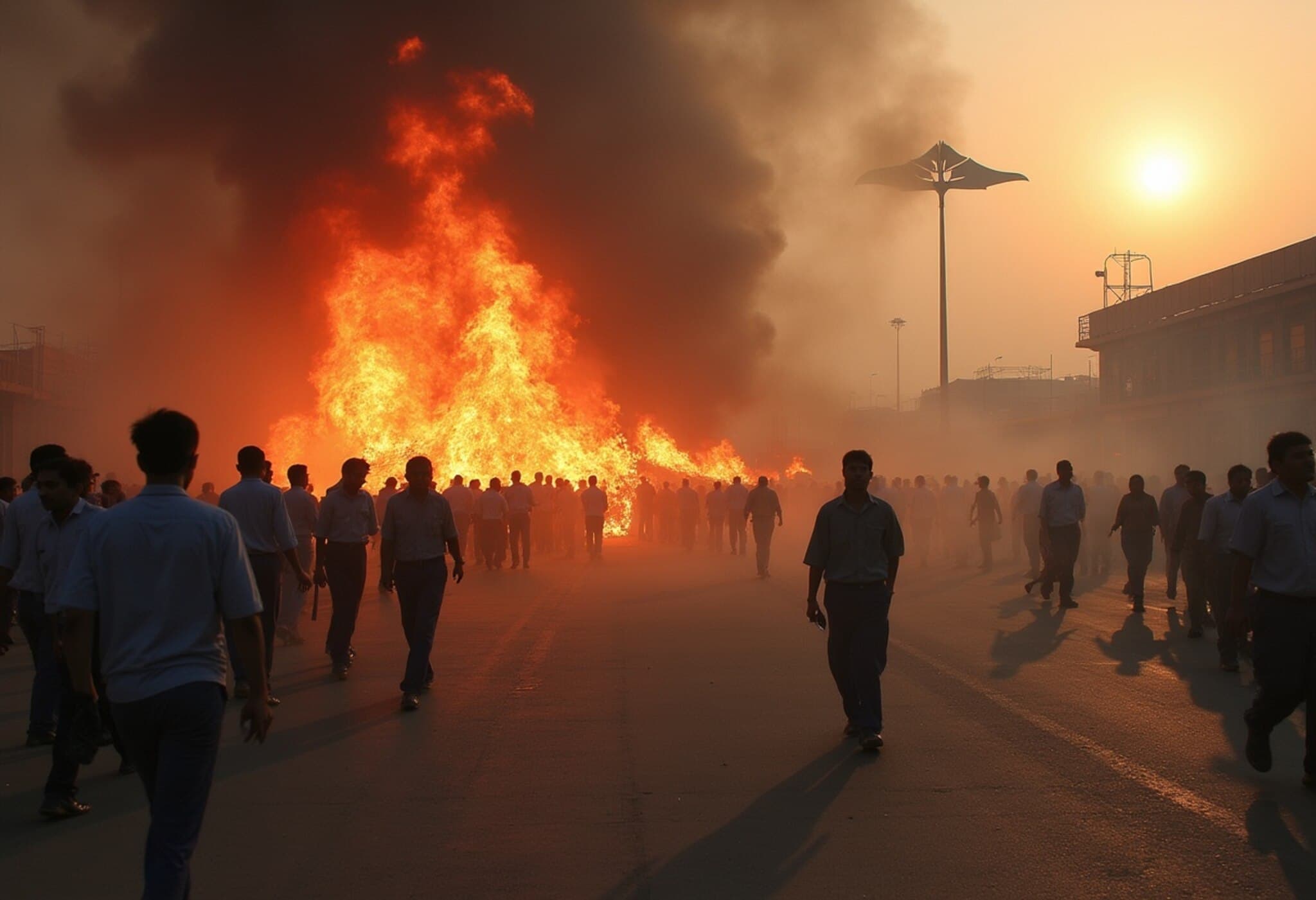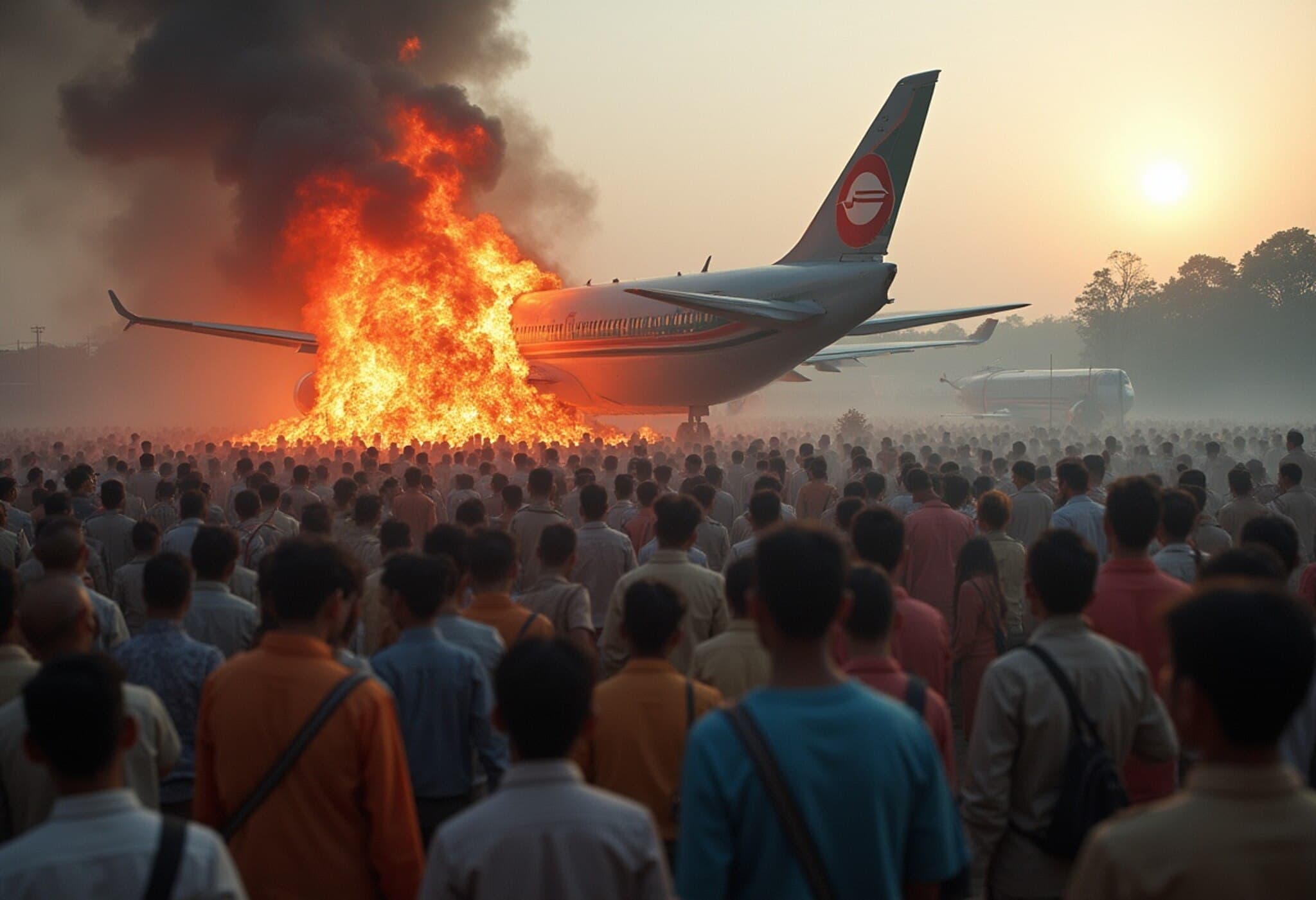Tragedy Strikes Dhaka: Bangladesh Air Force Jet Crashes into School
On a somber Monday afternoon, Dhaka witnessed one of its deadliest aviation accidents in recent memory when a Bangladesh Air Force training jet crashed into the campus of Milestone School and College in the bustling Uttara neighborhood. The tragic incident claimed the lives of 27 people and left over 170 injured, many of whom are students.
Sequence of the Incident: Pilot’s Heroic Efforts Amidst Mechanical Failure
The Chinese-made F-7 BGI fighter jet embarked on a routine training mission from Kurmitola Air Force Base at 1:06 p.m. local time. Within moments of takeoff, the aircraft experienced a critical technical malfunction. According to military spokesperson Lieutenant Colonel Sami Ud Dowla Chowdhury, the pilot demonstrated extraordinary courage by attempting to steer the doomed jet away from densely inhabited areas.
"Despite his valiant efforts, the aircraft crashed into a two-story building belonging to Milestone School and College," Chowdhury noted, underscoring the tragic consequences that were difficult to avert in such split seconds.
Devastating Impact on Milestone School Community
The jet’s crash resulted in a fierce fire engulfing part of the school, which hosts approximately 2,000 students and is one of Dhaka’s prominent private educational institutions with over two decades of history. The Uttara area itself is a densely populated metropolitan zone home to more than 20 million residents, which accentuated the risk and scale of the disaster.
- Fatalities: 27 confirmed dead, including the pilot
- Injuries: Over 170 people, predominantly students, suffered various degrees of injury
- Response: Firefighters responded swiftly to extinguish the blaze, and emergency medical services transported victims to nearby hospitals.
Government and Military Response: Mourning and Investigation
In the wake of the calamity, Bangladesh’s interim government declared a national day of mourning on Tuesday, with flags flying at half-staff across the country. Interim leader Muhammad Yunus pledged a comprehensive inquiry to unearth the precise cause of the crash, emphasizing that “necessary measures will be taken to investigate and provide all kinds of assistance.”
The Bangladesh Air Force has initiated a high-level committee to oversee the investigation. Their primary focus will be understanding and rectifying the technical malfunction that precipitated the tragedy.
Global Condolences: Solidarity from South Asia
News of the disaster resonated beyond Bangladesh’s borders. India's Prime Minister Narendra Modi publicly expressed his grief on social media, highlighting the profound loss, particularly the young students whose promising futures were abruptly cut short. “Our hearts go out to the bereaved families,” he wrote, extending prayers for the recovery of the injured.
Looking Ahead: Questions and Critical Reflections
This tragic event raises pressing questions about aviation safety standards for military training aircraft in densely populated urban settings. How rigorous are pre-flight checks and maintenance regimes for aging or imported aircraft like the F-7 BGI? Could urban planning and flight path protocols be reassessed to mitigate risks to civilians living near airbases?
Furthermore, the incident underscores the urgent need for robust emergency preparedness in schools located near industrial or military zones, including evacuation drills and structural safety enhancements.
Expert Commentary: Aviation Safety and Urban Risk Management
Dr. Anwar Rahman, a prominent aviation safety analyst, commented, "While pilot skill is critical, technological reliability and adherence to stringent maintenance standards are paramount. Military training jets often operate within risk zones, but continuous modernization and urban risk assessments must evolve hand in hand to prevent such tragedies."
Editor's Note
The Bangladesh Air Force jet crash is a stark reminder of the fragile balance between military readiness and civilian safety in rapidly expanding urban centers. As investigation unfolds, stakeholders must revisit policies to safeguard human lives against preventable accidents. This tragedy calls for renewed commitment to safety protocols and community resilience planning.

